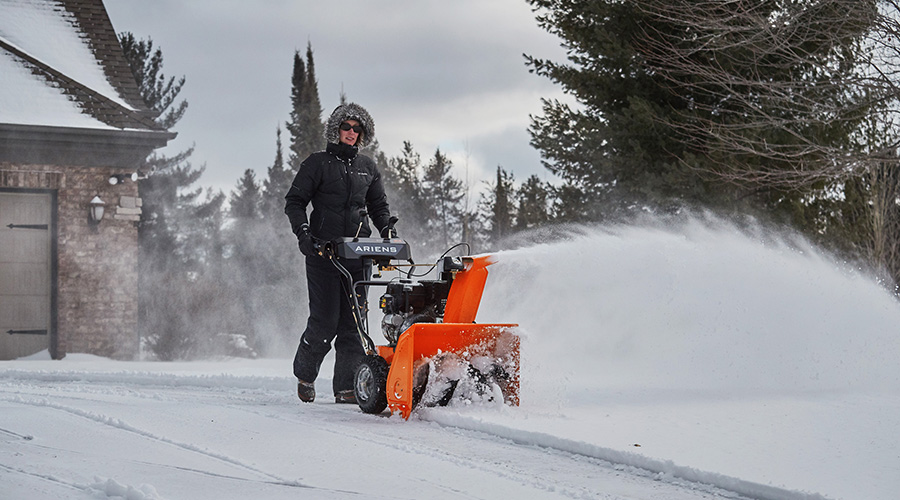The Changing Landscape of Grounds Equipment
Rich Arlington never considered concepts such as fuel-efficiency and sustainability when he started working in the grounds care industry.
“What was important to me in the 1980s as a grounds manager are not the same things that are as important to people in their 20s today,” says Arlington of Rich Arlington & Associates, an Erie, Pa., consulting firm specializing in snow, ice and landscape management. “These guys are looking at propane-run machines, where back in the ’80s we didn’t even look at that. They’re more concerned with fossil-fuel usage and noise reduction. It’s just not something the older generation paid attention to.”
Increased fuel-efficiency is one of the many features grounds managers in institutional and commercial facilities now demand from their equipment. Versatility, durability, and safety also rank among the top priorities for managers specifying grounds equipment. The days of operating large, gas-guzzling mowers, tractors and utility vehicles appear over.
“Ten or fifteen years ago, everyone was driving a (Ford) F 350 and running the biggest mowers they could run,” says Ken Hutcheson of U.S. Lawns, a commercial landscaping company that provides consulting and services for snow, ice, and landscape management. “They didn’t care about fuel. Today, it’s not just costs but being environmentally conscious.”
Related Topics:














